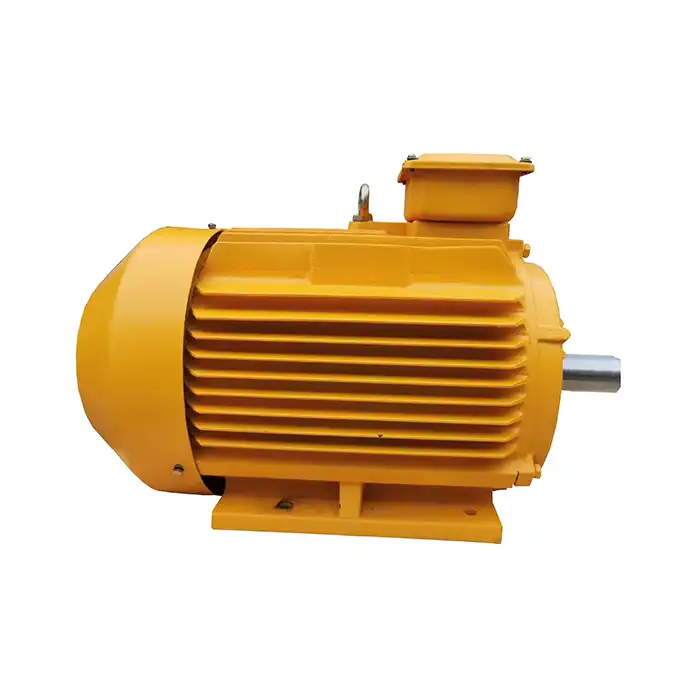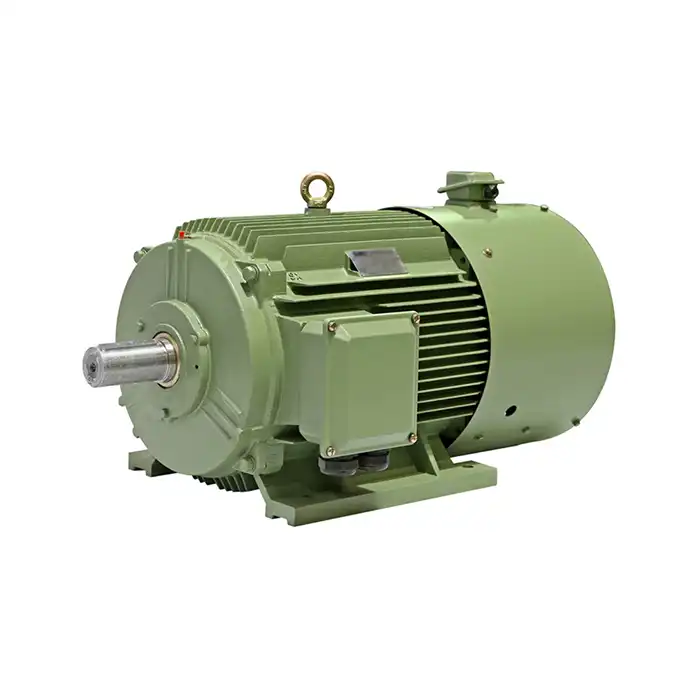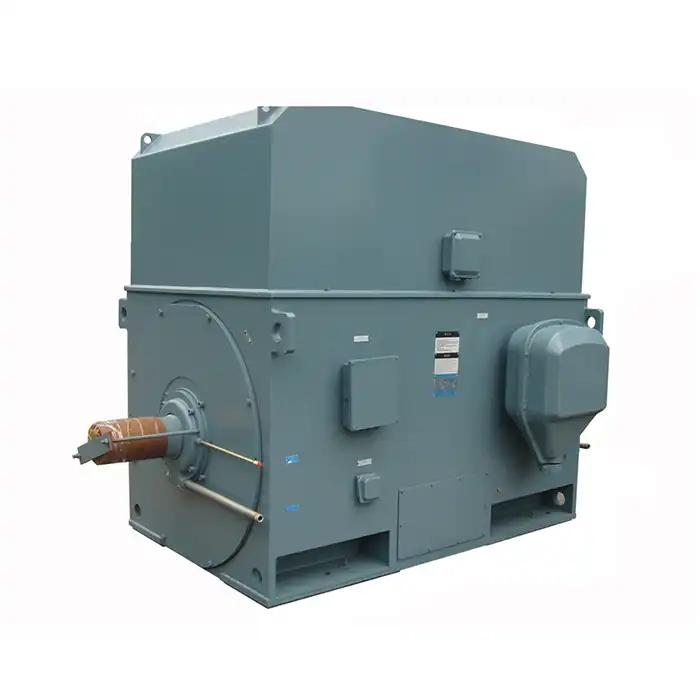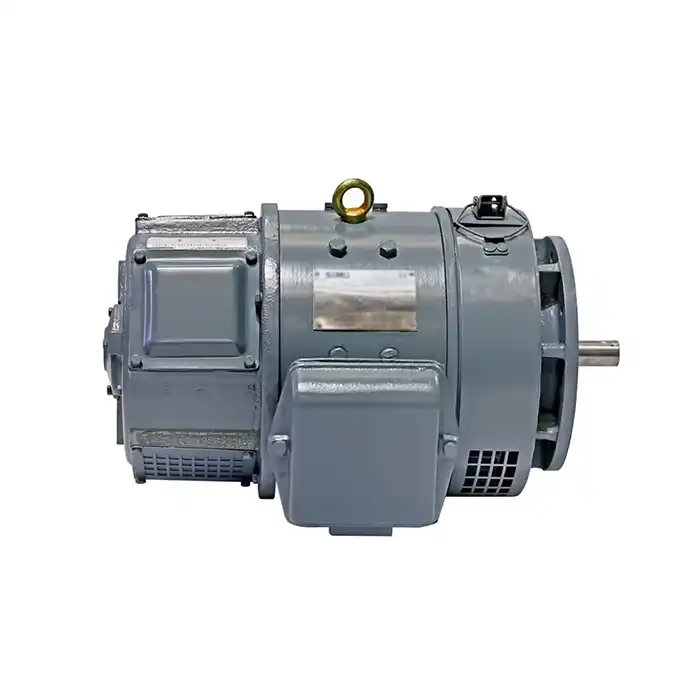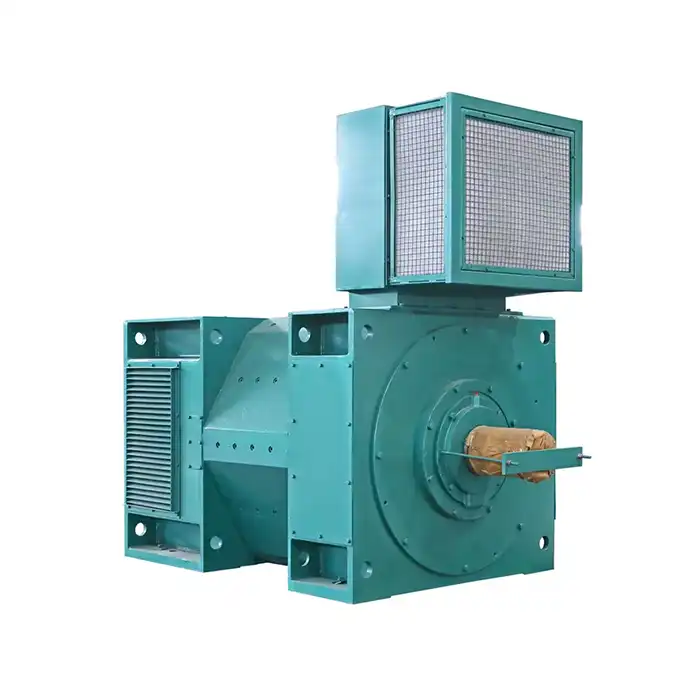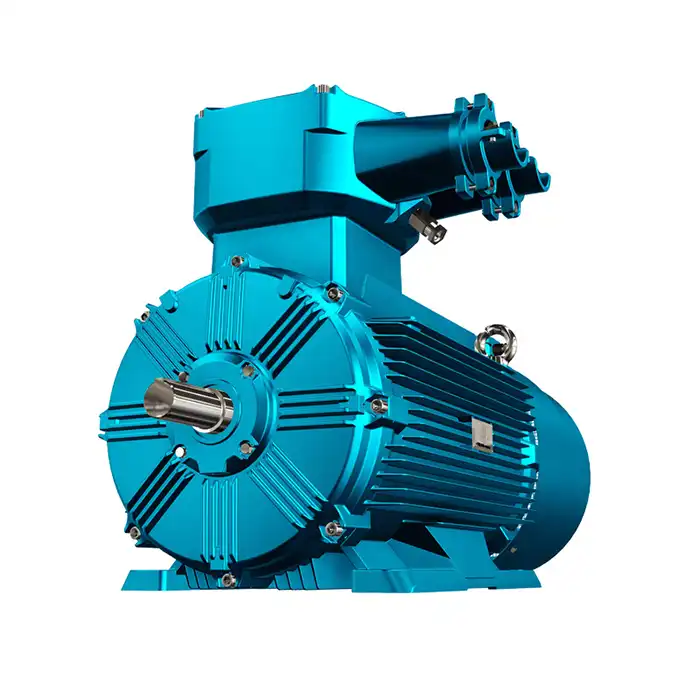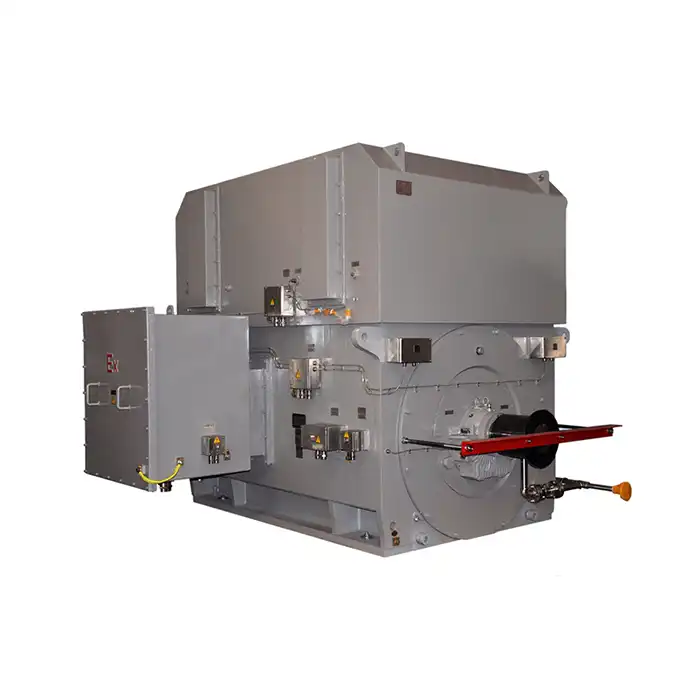How IEC Low Voltage Motors Comply with International Standards
In the world of industrial automation and power equipment, IEC low voltage motors play a crucial role in driving various applications across multiple sectors. These motors are designed and manufactured to meet stringent international standards, ensuring reliability, efficiency, and global compatibility. This article delves into the compliance of IEC low voltage motors with international standards, exploring key regulations, testing procedures, and the benefits of adhering to these global benchmarks.
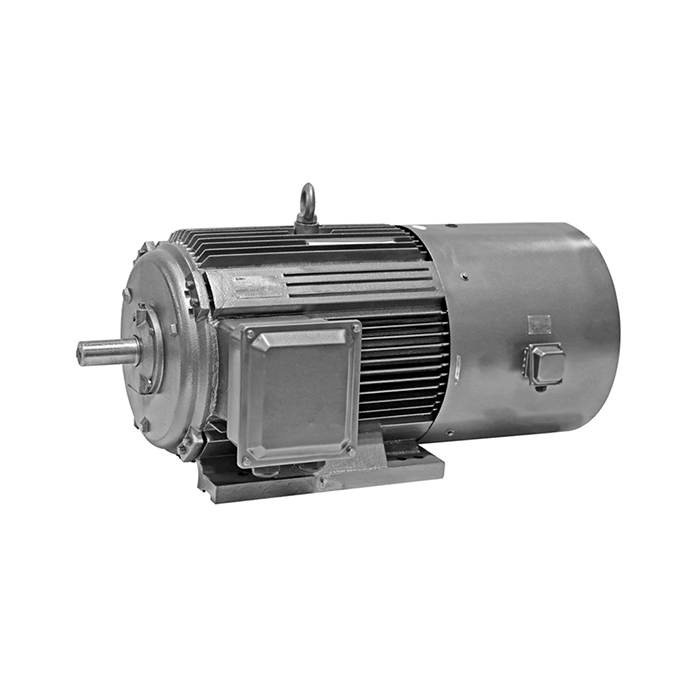
Series:YVFE4
Frequency conversion range:30hz~50hz,5hz~70hz,5hz~100hz
Power range:0.75-1000kW
Protection level:IP55
Application:are suitable for driving various mechanical equipment that require continuous and frequent forward and reverse rotation, such as steel rolling, lifting, transportation, machine tools, printing and dyeing, papermaking, chemicals, textiles, pharmaceuticals, etc., and can be used with various domestic and foreign variable frequency power supplies.
Advantage:high efficiency, wide speed range, high precision, stable operation, and easy operation and maintenance.
Certificate:installation dimensions comply with International Electrotechnical Commission (IEC) standards.
Others: SKF, NSK, FAG bearings can be replaced according to customer requirements.
Key IEC Standards for Low Voltage Motor Performance
The International Electrotechnical Commission (IEC) has established several standards that govern the performance and specifications of low voltage motors. These standards are crucial for ensuring consistency, safety, and efficiency across different manufacturers and applications.
IEC 60034: Rotating Electrical Machines
IEC 60034 is a comprehensive series of standards that cover various aspects of rotating electrical machines, including low voltage motors. Some of the key parts of this standard include:
- IEC 60034-1: Rating and performance
- IEC 60034-2-1: Standard methods for determining losses and efficiency from tests
- IEC 60034-5: Degrees of protection provided by the integral design of rotating electrical machines (IP code)
- IEC 60034-6: Methods of cooling (IC code)
- IEC 60034-7: Classification of types of construction, mounting arrangements and terminal box position (IM code)
- IEC 60034-8: Terminal markings and direction of rotation
- IEC 60034-9: Noise limits
- IEC 60034-14: Mechanical vibration of certain machines with shaft heights 56 mm and higher - Measurement, evaluation and limits of vibration severity
IEC 60072: Dimensions and Output Series for Rotating Electrical Machines
This standard defines the standardized dimensions and output series for rotating electrical machines, including IEC low voltage motors. It ensures interchangeability and consistency across different manufacturers.
IEC 60085: Electrical Insulation - Thermal Evaluation and Designation
IEC 60085 establishes a classification system for electrical insulation materials based on their thermal properties. This standard is crucial for determining the appropriate insulation class for low voltage motors operating in various environmental conditions.
Testing Procedures: Ensuring Global Compliance
To guarantee that IEC low voltage motors meet international standards, rigorous testing procedures are implemented throughout the design, manufacturing, and quality control processes.
Type Testing
Type testing is conducted on representative samples of a motor design to verify compliance with IEC standards. These tests include:
- Performance testing (efficiency, power factor, starting characteristics)
- Temperature rise tests
- Insulation resistance and dielectric strength tests
- Noise level measurements
- Vibration testing
- IP protection verification
Routine Testing
Routine tests are performed on every manufactured motor to ensure consistency and quality. These tests typically include:
- Winding resistance measurement
- No-load tests
- Insulation resistance check
- High-potential (hipot) test
- Mechanical run test
Specialized Testing for Specific Applications
Some applications may require additional testing to meet specific industry or regional standards. These may include:
- Seismic qualification tests
- Marine certification tests
- Explosion-proof certification tests
- EMC (Electromagnetic Compatibility) tests
Benefits of IEC-Compliant Motors for International Markets
Adhering to IEC standards offers numerous advantages for both manufacturers and users of low voltage motors in the global market.
Global Acceptance and Interchangeability
IEC-compliant motors are widely accepted across international markets, facilitating easier trade and reducing barriers to entry. The standardized dimensions and specifications allow for interchangeability between different manufacturers' products, providing flexibility for end-users.
Consistent Performance and Reliability
By meeting IEC standards, low voltage motors demonstrate consistent performance characteristics, regardless of their origin. This consistency enhances reliability and simplifies motor selection and application processes for engineers and system integrators.
Simplified Maintenance and Spare Parts Management
The standardization of IEC low voltage motors simplifies maintenance procedures and spare parts management. Users can easily source compatible components and replacements, reducing downtime and inventory costs.
Improved Energy Efficiency
IEC standards promote energy efficiency in low voltage motors, aligning with global efforts to reduce energy consumption and carbon emissions. This focus on efficiency translates to lower operating costs for end-users and improved environmental sustainability.
Enhanced Safety and Risk Mitigation
Compliance with IEC standards ensures that low voltage motors meet stringent safety requirements, reducing the risk of accidents and equipment failures. This adherence to safety standards can also help manufacturers and users meet local regulatory requirements and insurance obligations.
Conclusion
Compliance with IEC standards is essential for low voltage motors in today's globalized industrial landscape. These standards ensure consistent performance, safety, and interoperability across different markets and applications. By adhering to IEC regulations, manufacturers like XCMOTOR can provide users with reliable, efficient, and globally accepted motor solutions that drive productivity and sustainability in various industries.
As technology continues to evolve, IEC standards will adapt to address new challenges and opportunities in the field of low voltage motors. This ongoing process of standardization and improvement will continue to benefit both manufacturers and users, fostering innovation and efficiency in industrial applications worldwide.
FAQ
1. What voltage range is considered "low voltage" for IEC motors?
IEC defines low voltage motors as those operating at voltages up to 1000V AC or 1500V DC.
2. How often are IEC standards for low voltage motors updated?
IEC standards are regularly reviewed and updated, typically every 3-5 years, to reflect technological advancements and changing market needs.
3. Are IEC standards mandatory for low voltage motor manufacturers?
While IEC standards are not legally binding, they are widely adopted by manufacturers and often required by customers and regulatory bodies in many countries.
Partner with XCMOTOR for IEC-Compliant Low Voltage Motors
As a leading IEC low voltage motor manufacturer, XCMOTOR is committed to providing high-quality, efficient, and reliable motors that fully comply with international standards. Our extensive experience in power equipment solutions enables us to offer tailored products that meet the diverse needs of industrial automation, HVAC, energy, and utilities sectors.
By choosing XCMOTOR, you benefit from our dedication to excellence, adherence to global standards, and comprehensive support throughout the product lifecycle. Our team of experts is ready to assist you with pre-sales consultation, technical guidance, and prompt after-sales service. Experience the difference of working with a trusted partner in IEC-compliant low voltage motors.
For more information about our IEC low voltage motors and how they can enhance your operations, please contact us at xcmotors@163.com. Let's power your success together with XCMOTOR's reliable and efficient solutions.
References
- International Electrotechnical Commission. (2023). IEC 60034-1:2023 Rotating electrical machines - Part 1: Rating and performance. IEC Publications.
- Bonnett, A. H., & Yung, C. (2018). Understanding the new IEC standards for efficiency levels in low voltage motors. IEEE Industry Applications Magazine, 24(5), 20-28.
- Doppelbauer, M. (2020). Guide to IEC 60034-30-1: Efficiency classes of line operated AC motors. Motor Summit 2020 International.
- Cao, W., & Bradley, K. J. (2019). Assessing the impacts of new testing standards on low voltage motor efficiency. IEEE Transactions on Industry Applications, 55(2), 1402-1411.
- Boglietty, A., & Pastorelli, M. (2021). Induction motors compliant with IEC 60034-30-1 standard: A comprehensive review. Energies, 14(15), 4360.
- Verucchi, C. J., & Ruschetti, C. R. (2022). Energy efficiency in electric motors: Standards, methods and testing procedures. Renewable and Sustainable Energy Reviews, 158, 112081.



